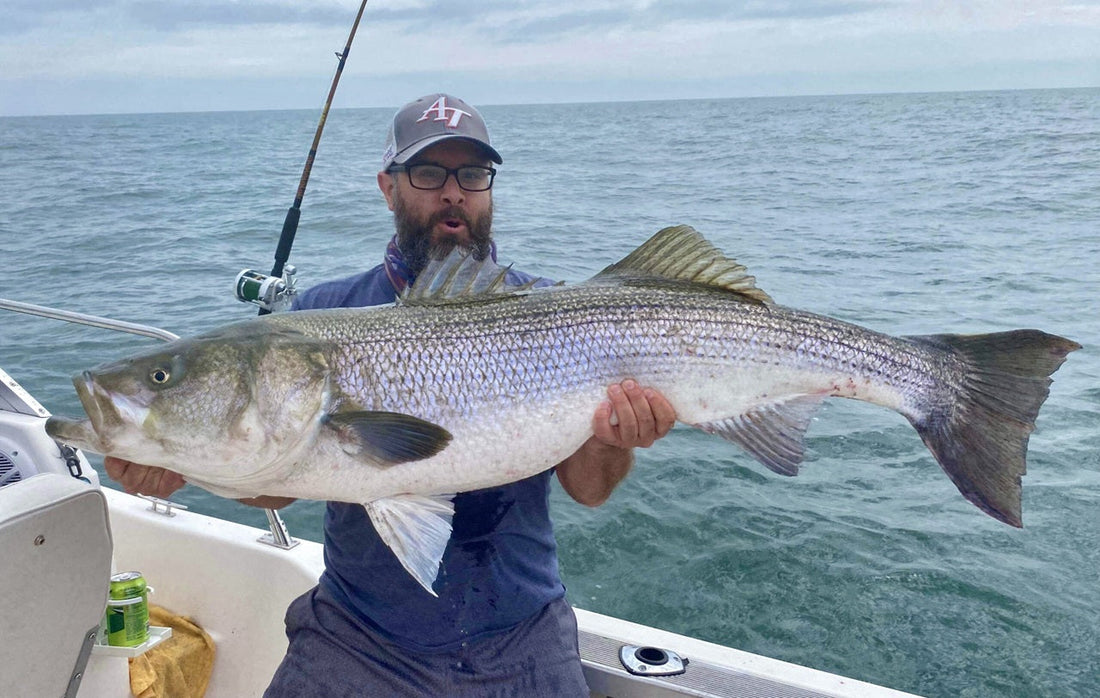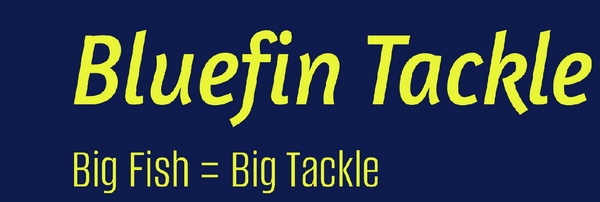
Striped Bass Fishing: A Complete Guide
Share
Striped Bass Fishing: A Complete Guide for Anglers
Introduction
Striped bass (Morone saxatilis), commonly known as stripers, are among the most sought-after game fish in North America. Their combination of size, strength, and versatility makes them a favorite for both freshwater and saltwater anglers. Whether fishing along the Atlantic coastline, in brackish estuaries, or inland reservoirs where they have been introduced, striped bass offer exciting challenges and rewarding catches. This article explores everything you need to know about striped bass fishing—covering their history, habitat, seasonal behavior, top techniques, gear recommendations, and conservation considerations.

1. The History and Biology of Striped Bass
Origins and Distribution
Striped bass are native to the Atlantic coast of North America, ranging from the St. Lawrence River in Canada to the Gulf of Mexico. Historically, they thrived in abundance, supporting robust commercial and recreational fisheries. Overfishing in the mid-20th century led to severe population declines, but conservation measures, including strict catch limits and habitat restoration, helped rebuild stocks by the 1990s.
Today, striped bass inhabit:
* The Atlantic coast from Maine to North Carolina.
* Inland lakes and reservoirs, where they were introduced to create new fisheries.
* Brackish estuaries, where fresh and saltwater mix, providing prime feeding grounds.
Physical Characteristics
Striped bass are easily recognized by their silver bodies with 7–8 dark horizontal stripes running from head to tail. They can grow exceptionally large, with the current all-tackle world record weighing 81 pounds, 14 ounces (caught in Connecticut in 2011).
Life Cycle and Migration
Striped bass are anadromous—spawning in freshwater rivers before returning to the ocean. Prime spawning rivers include the Hudson, Chesapeake Bay tributaries, and Delaware River. After hatching, juveniles spend time in estuaries before moving offshore. Seasonal migrations occur along the coast, with fish heading north in spring and south in fall.
2. Seasonal Behavior and Patterns
Understanding striped bass behavior is key to successful fishing. They are highly migratory and follow water temperature, bait availability, and spawning cues.
Spring (March–June)
* Spawning season; stripers move into freshwater rivers.
* Anglers target them in estuaries and near river mouths.
* Baitfish such as herring and shad are prime forage.
Summer (June–August)
* Fish move offshore or to deeper, cooler waters.
* Night fishing becomes highly productive as stripers hunt in low light.
Fall (September–November)
* Peak feeding season before migration south.
* Coastal surfcasting is excellent; large schools chase baitfish close to shore.
Winter (December–February)
* Southern states like Virginia and North Carolina see their largest striper populations.
* Slow presentation of lures or live baits is necessary as metabolism slows.
3. Striped Bass Habitats
Coastal Waters
Surfcasters find stripers in the surf along sandy beaches, rocky points, jetties, and tidal inlets. Moving tides concentrate baitfish, attracting schools of feeding bass.
Estuaries and Bays
Brackish waters like Chesapeake Bay are legendary striper hotspots. Here, baitfish and structure—oyster beds, drop-offs, and channel edges—provide ideal hunting grounds.
Rivers
During the spring run, rivers become staging areas for pre-spawn stripers. Anglers use both live bait and lures to entice fish preparing to spawn.
Lakes and Reservoirs
Landlocked stripers behave similarly to their coastal relatives but remain in freshwater. They patrol points, submerged humps, and thermoclines where baitfish congregate.
4. Essential Gear for Striped Bass Fishing
Rods and Reels
* Surfcasting: Long rods (9–12 feet) for casting distance; paired with high-capacity spinning reels.
* Boat Fishing: Medium-heavy rods (6–7 feet) for jigging or trolling.
* Fly Fishing: 8–10 weight rods for casting large flies in wind; reels with strong drags.
Line and Leaders
* Monofilament: Forgiving and inexpensive, good for surfcasting.
* Braided Line: Thin diameter, great sensitivity for jigging and trolling.
* Fluorocarbon Leaders: Nearly invisible and abrasion-resistant.
Baits and Lures
* Live Bait: Eels, bunker (menhaden), shad, and mackerel.
* Artificial Lures: Poppers, soft plastics, bucktail jigs, and swimbaits.
* Fly Patterns: Deceivers, Clousers, and large streamer flies mimic baitfish.
5. Top Techniques for Striped Bass Fishing
Surfcasting
Fishing from the shoreline is a thrilling way to target stripers. Key tactics include:
* Casting poppers or metal lures into breaking waves.
* Fishing moving tides, especially incoming or outgoing.
* Using sand spikes to hold rods when soaking bait.
Boat Fishing
Boat anglers troll deep-diving plugs, live bait rigs, or umbrella rigs to locate schools. Jigging near structure or under schools of bait is highly effective.
Fly Fishing
Fly anglers find great success in estuaries and along rocky coasts. Matching fly size and color to local forage is critical.
Night Fishing
Many trophy stripers are caught after dark when larger fish feed aggressively. Slow-rolling lures or drifting live eels produces excellent results.
6. Tactics for Trophy Stripers
Large striped bass require specialized approaches:
* Go Big on Bait – Oversized lures or live baits often attract trophy fish.
* Fish Low-Light Conditions – Early morning, dusk, and nighttime are prime times.
* Target Deep Structures – Bridges, submerged points, and channels hold big fish.
7. Conservation and Regulations
Striped bass populations are managed through strict size and bag limits, seasonal closures, and slot limits (allowing only fish within a certain size range to be kept). Many anglers practice catch-and-release, especially for larger breeding fish, to ensure sustainable fisheries.
Key conservation tips:
* Use circle hooks when fishing bait to reduce gut-hooking.
* Minimize fight time and handle fish gently.
* Avoid keeping large females, as they are crucial to spawning success.
8. Popular Striped Bass Destinations
* Chesapeake Bay, Maryland/Virginia – Legendary spring runs.
* Montauk, New York – Known for massive fall blitzes.
* Cape Cod Canal, Massachusetts – Famous for land-based trophy fishing.
* Hudson River, New York – Key spawning grounds with strong spring runs.
* Lake Texoma, Texas/Oklahoma – One of the top landlocked striper fisheries.
9. Tips for Success
* Study tide charts and moon phases for optimal fishing times.
* Match the hatch by selecting baits that resemble local forage.
* Stay mobile; follow reports and move with migrating fish.
* Invest in quality electronics (fish finders, GPS) for locating schools.
Conclusion
Striped bass fishing is a thrilling pursuit that combines challenge, skill, and the allure of landing one of North America’s most iconic game fish. Whether casting from windswept beaches, drifting live eels under moonlit skies, or jigging deep waters for trophy-sized bass, the experience delivers a powerful connection to the outdoors. By understanding striper behavior, selecting the right gear, and practicing responsible angling, fishermen ensure that these magnificent fish continue to thrive for generations to come.
